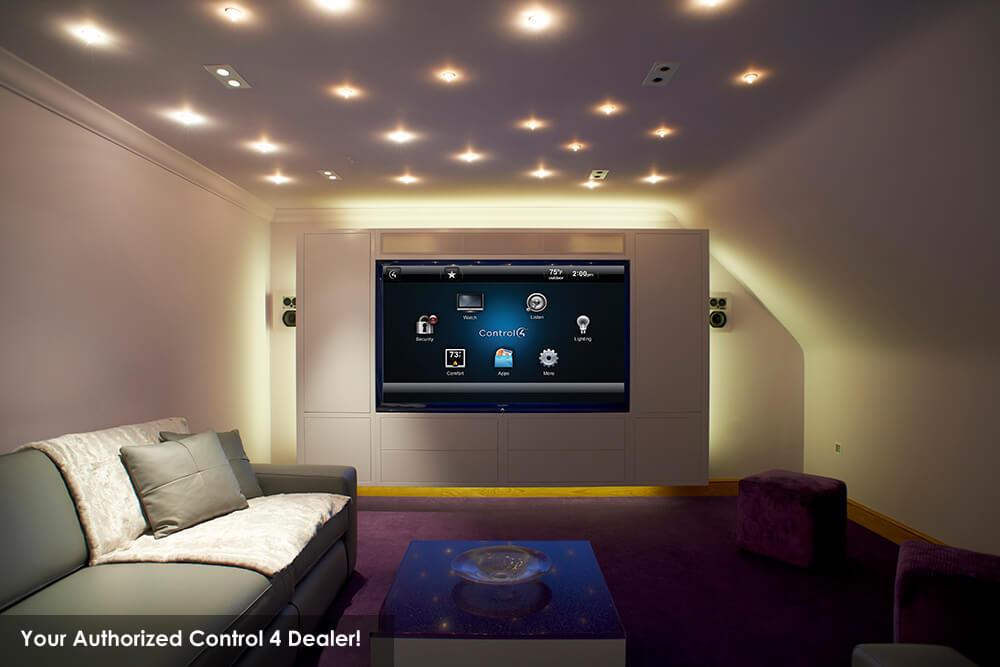Optimal Strategies for Arranging Sound Systems to Maximize Audio Clarity and Attendee Involvement in Large Locations
Optimal Strategies for Arranging Sound Systems to Maximize Audio Clarity and Attendee Involvement in Large Locations
Blog Article
Positioning speakers in spacious venues is crucial for guaranteeing high sound quality and captivating the spectators effectively. The placement of speakers can significantly affect how audio propagates throughout the space. When organizing an occasion, it is essential to consider the location's dimensions, form, and acoustics. Each of these factors plays a crucial role in how sound is dispersed and perceived by the spectators. By understanding these factors, event planners can develop an optimal configuration that enhances the complete encounter for everyone participating.
One important aspect to consider is the type of speakers being used. Different loudspeakers have distinct features that impact audio clarity. For example, array array speakers are often preferred in large locations because they can broadcast audio over long distances while maintaining clarity. These speakers are designed to function in unison, allowing audio to arrive at every corner of the room uniformly. Additionally, subwoofers can be tactically placed to boost low-frequency response, making the audio experience more immersive. Choosing the appropriate combination of speakers is essential for attaining the optimal sound quality.
Another critical factor is the arrangement of the speakers. The placement should be determined on the spectators' configuration and the venue's sound characteristics. For instance, speakers should be set at an appropriate elevation and angle to ensure that sound signals reach the spectators without distortion. It is also important to avoid placing speakers too near to barriers or corners, as this can create unwanted reflections and diminish sound quality. A well-thought-out setup can assist minimize sound problems and foster a more pleasurable auditory experience.
In addition to loudspeaker arrangement, sound testing is a vital step in the procedure. Before the event begins, performing sound tests allows planners to identify any potential issues and make necessary modifications. This testing check it out should include monitoring for reverberation, adjusting volume levels, and ensuring that all speakers are operating properly. By investing the effort to test the sound setup, occasion organizers can ensure that the audio clarity meets the spectators' expectations and improves their engagement with the occasion.
Finally, spectator engagement can be further enhanced by taking into account the overall layout of the location. Factors such as arrangement, illumination, and stage configuration can all impact how the spectators engages with the speakers. For example, a well-lit stage can capture attention to the presenter, while comfortable chairs can keep the audience attentive and alert. By creating an welcoming atmosphere, organizers can encourage a bond between the presenters and the audience, leading to a more unforgettable and impactful event. In conclusion, careful preparation and consideration of audio clarity and spectator engagement are essential for effective events in spacious locations.